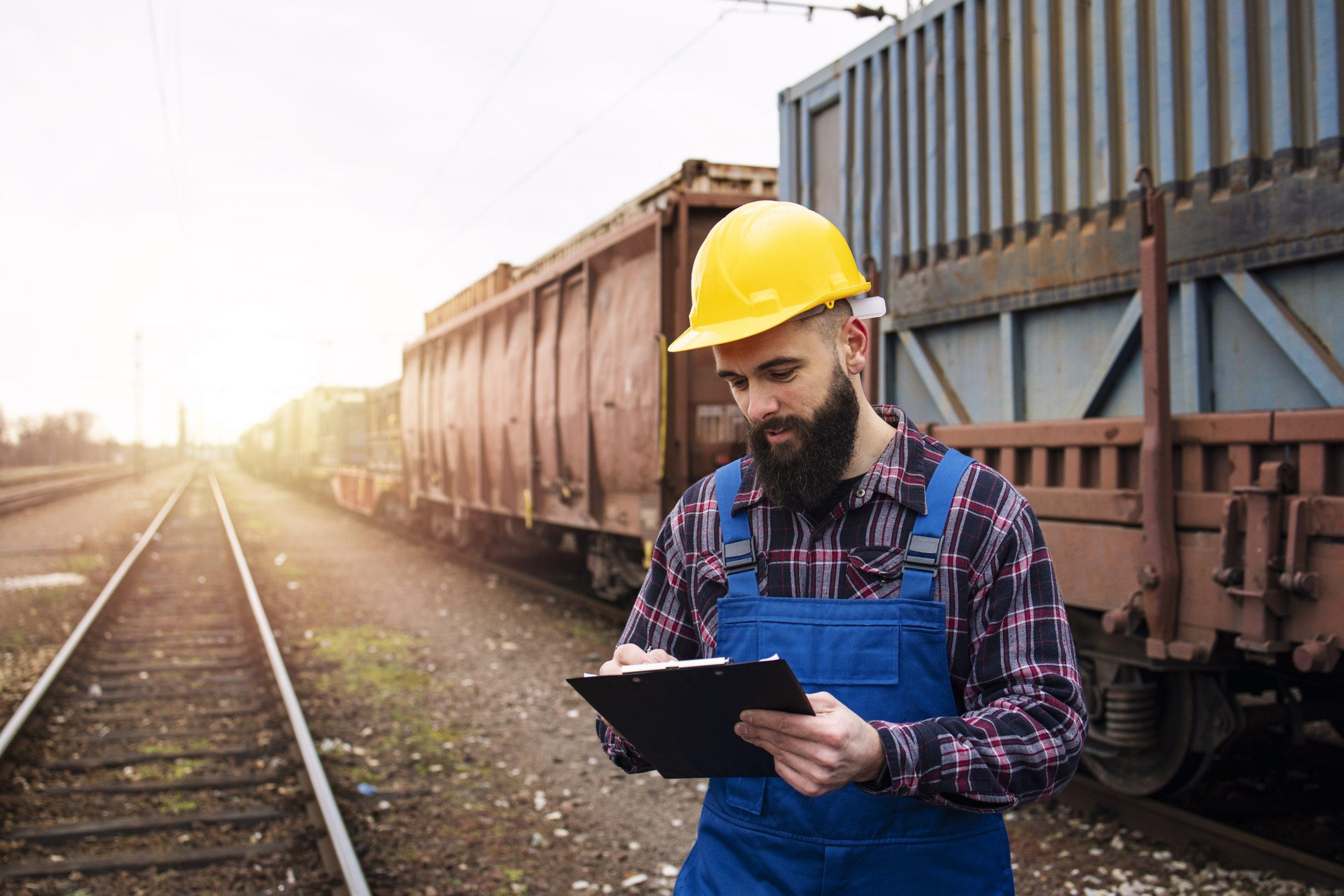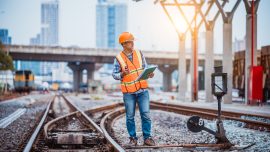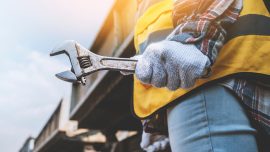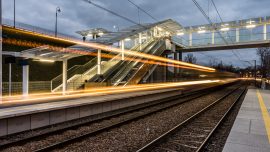
Railroad Track Maintenance Best Practices for Lasting Results
Railroads play a vital role in transportation, ensuring the efficient movement of goods and passengers. The maintenance of railroad tracks is crucial for safe and reliable operations. This article highlights the best practices in railroad track maintenance that contribute to lasting results. R&S Track implements these practices to enhance track safety, extend the lifespan of tracks, and minimize disruptions to operations. Let’s delve into the key aspects of effective track maintenance and explore the strategies that ensure the longevity of railway infrastructure.
Regular Inspections and Monitoring:
Regular inspections are critical for identifying possible problems and evaluating the general condition of the track. Visual inspections, along with new technologies such as track geometry vehicles and drones, allow maintenance workers to spot track flaws, alignment issues, and indicators of wear. Railway operators may prevent small problems from growing into significant track failures by conducting planned inspections and swiftly resolving any found concerns, guaranteeing safe and efficient train operations.
Track Cleaning and Ballast Maintenance:
Cleaning the track properly is critical for eliminating dirt, plants, and other objects that might obstruct drainage or damage track stability. Regular cleaning activities, such as the removal of dirt, sand, and leaves, avoid debris accumulation, which can lead to track deterioration or blockages. Furthermore, constant tamping and adjusting of the ballast (a layer of crushed stone that supports the track) helps guarantee optimum drainage, stability, and weight distribution along the track.
Rail Grinding and Welding:
The frequent movement of trains on the rail surfaces can produce wear and tear over time, resulting in surface imperfections or faults. Rail grinding is a good way to restore the rail profile, remove flaws, and minimize noise and vibration. Railway operators can restore the smoothness of the rail by utilizing specialized grinding equipment, enhancing train ride quality, and lowering the risk of damage to rolling stock and infrastructure. Furthermore, timely and thorough welding of rail joints guarantees the track’s integrity and continuity, eliminating possible risks and ensuring overall track stability.
Routine Track Maintenance:
Routine maintenance, including tightening loose fasteners, replacing broken or worn-out components, and fixing minor flaws, are critical for track longevity. Regular maintenance actions, such as rail replacement, tie replacement, and track surface repairs, help to avoid track degradation and reduce the need for significant repairs or expensive track replacements in the future. Following maintenance schedules and aggressively fixing minor faults contribute to the railway infrastructure‘s overall integrity and lifespan.
Weather-Related Considerations:
Railway tracks are exposed to various weather conditions that can impact their performance and durability. Extreme temperatures, heavy rainfall, snow, and freeze-thaw cycles can cause track deformation, settlement, or degradation. Implementing preventive measures, such as proper drainage systems, track slope maintenance, and appropriate ballast material selection, helps mitigate the effects of weather-related factors and ensure the track’s resilience in adverse conditions.
Railroad track maintenance best practices – Contact R&S Track Inc.
In conclusion, expert railroad track maintenance is critical for ensuring safe, dependable, and efficient train operations. R&S Track can lengthen the lifespan of track infrastructure through frequent inspections, track cleaning and ballast maintenance, rail grinding and welding and scheduled maintenance. Our experts can minimize delays and optimize train performance for years to come.
Visit our website to learn more about our services and expertise.




0 comments
Write a comment